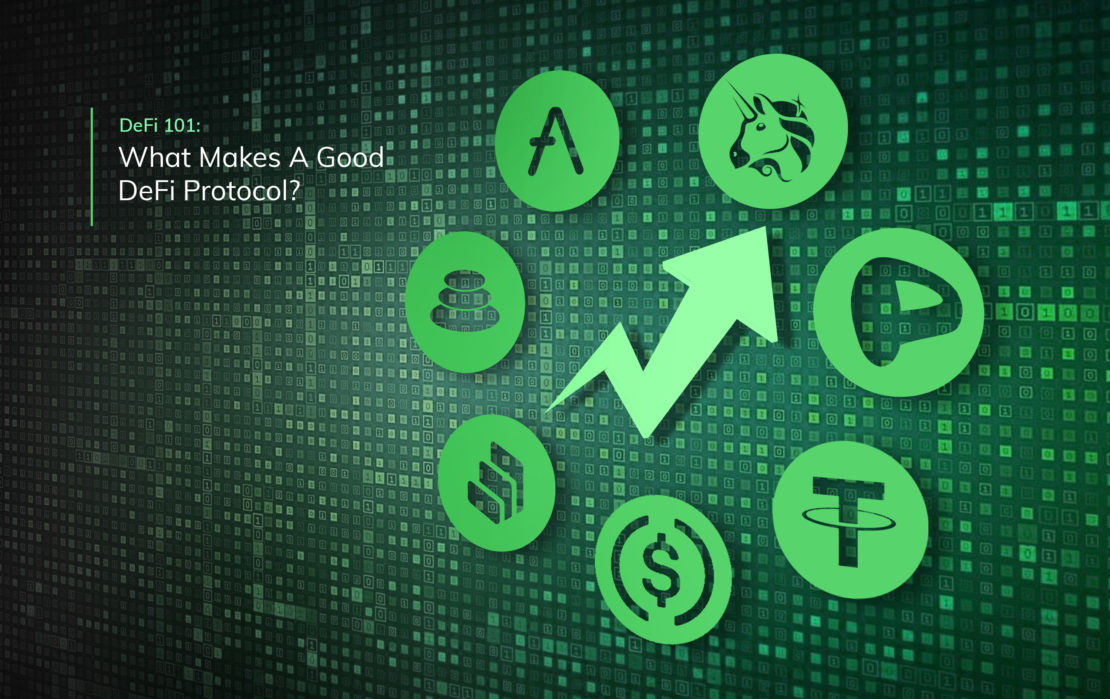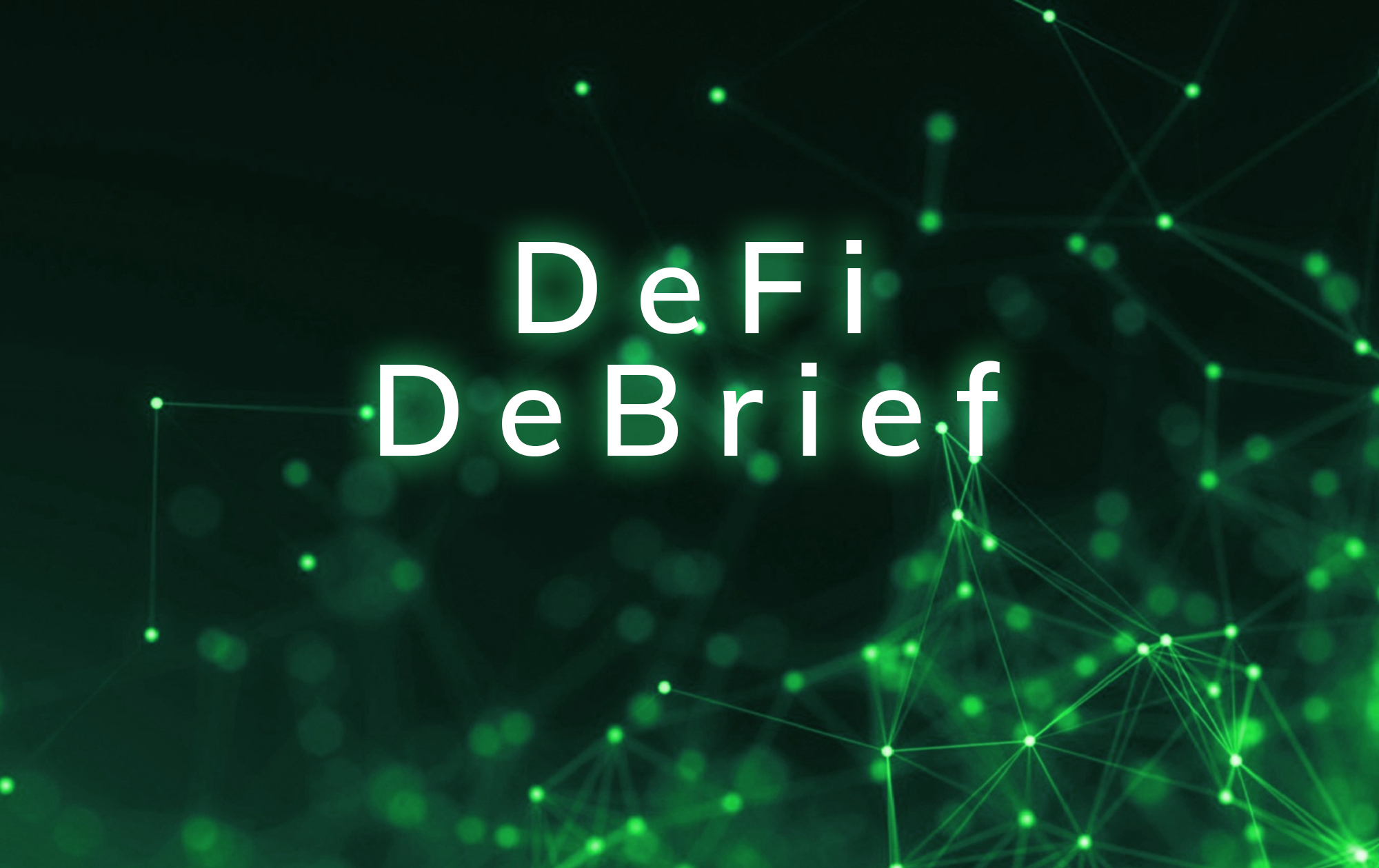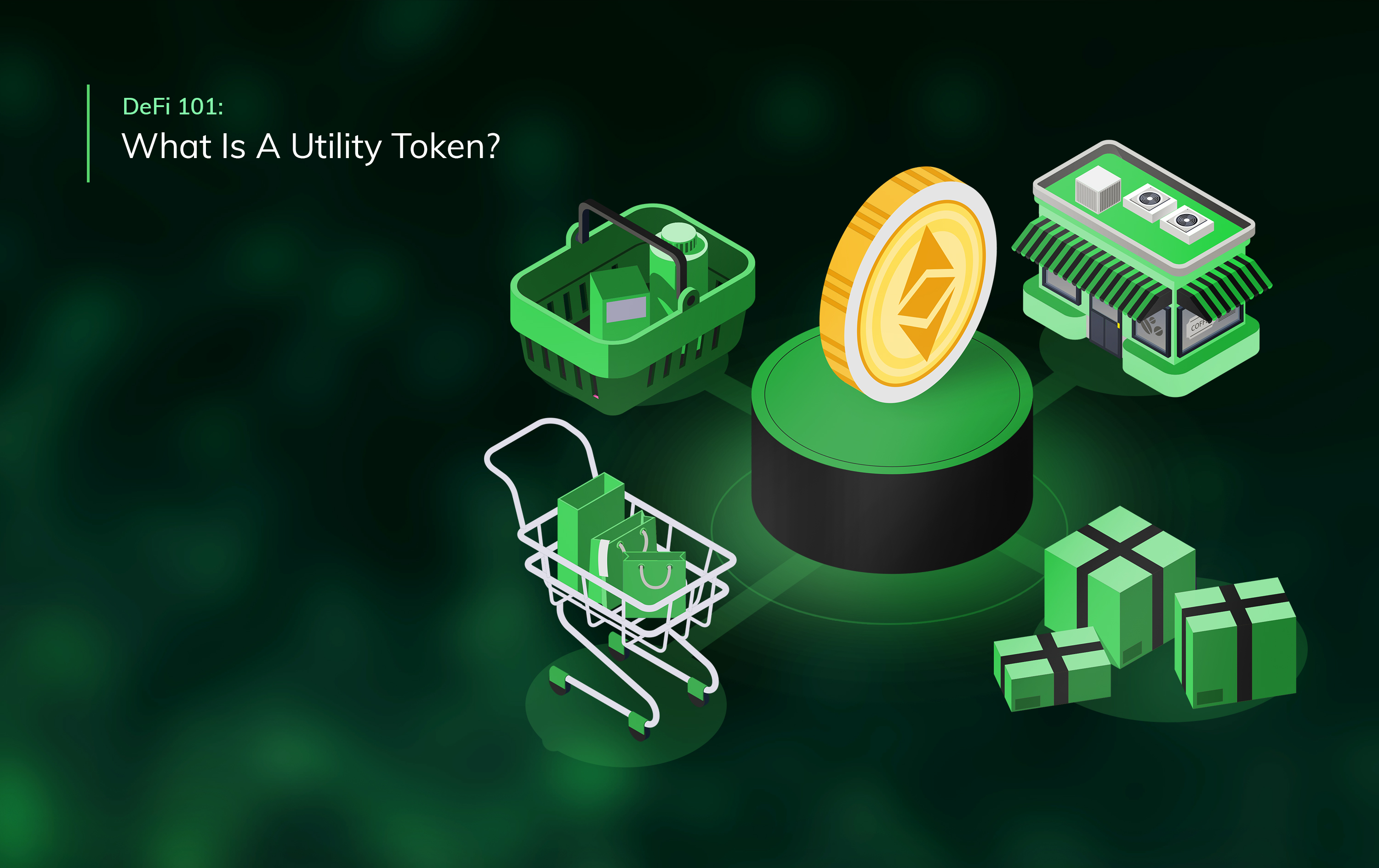DeFi 101: What Makes A Good DeFi Protocol?
Decentralised finance (DeFi) has only been around since 2018. The ecosystem took off in the DeFi summer of 2020, and it’s now gaining mainstream traction.
Still, there are so many DeFi protocols — how can you tell the good from the bad? Thankfully, you can use a collection of metrics to judge if a particular protocol warrants your trust and, subsequently, your custom.
These include several data points Elitium uses to assess which protocols should power our DeFi-enabled platform.
Let’s run through what they are.
How to find the best DeFi apps
When we talk about DeFi, we mean any financial-like product on the blockchain.
This spans everything from DeFi protocols that recreate traditional finance in the digital economy to entirely new financial primitives, with the most popular including:
- Stablecoins like Tether (USDT) and USD Coin (USC)
- Decentralised lending protocols like Compound and Aave
- Automated market makers like Curve Finance
- Decentralised index funds like Balancer
What makes these platforms so popular? Well, as we said: there’s a spectrum of metrics that underpins their adoption — starting with the fundamentals and moving right down to actual on-chain activity.
Here’s what to look at when analysing a DeFi protocol.
1. Start with the fundamentals
There’s no point in diving into the data if you don’t believe in the project itself.
That’s why the best place to start is by looking at the project’s fundamentals (and this includes checking when the project itself started).
Despite being relatively new, you’ll notice the most popular DeFi protocols have largely been around since 2018. The likes of Compound, Aave, and Curve all emerged back then, and their relative longevity is a sign of quality.
On top of that, they haven’t suffered a significant hack in all those years, illustrating a robust security setup, which is crucial to long-term sustainability.
Next up, dive into the following:
- Whitepaper: can you see value in the solution?
- Community: do others see value in the solution?
- Team: does the team have what it takes to execute?
Doing your own research is crucial to success in crypto, and research starts with the fundamentals.
Once you’ve covered your bases, move on to Total Value Locked.
2. Total Value Locked (TVL)
Total Value Locked (TVL) shows the value of digital assets deposited into a DeFi protocol (a little like Assets Under Management).
It’s one of the most popular metrics in decentralised finance, and investors often use it to assess the relative popularity of a protocol. Dashboards like DeFiLlama rank projects by TVL, helping you see the biggest protocols in the ecosystem.
The combined DeFi TVL hit $180 billion on December 1st 2021 (but this has since retraced to closer to $50 billion).
That said, the long-term trend is upwards.
3. Unique address count
TVL shows how much money sits in a protocol, but it doesn’t prove widespread use.
In contrast, the unique address count is a reasonable indicator of how many people are interacting with a DeFi application. A low unique address count isn’t necessarily a bad thing, provided the number is trending upward.
In the same vein, a high address count isn’t a positive if there’s downward momentum, so always check the trend as well as the absolute number.
4. Market capitalisation
Market capitalisation reflects the total value of a network, determined by multiplying the token price with the total circulating supply. The metric is as popular in decentralised finance as in traditional finance.
A high market cap doesn’t make a DeFi protocol good. Still, it goes some way to show that the market values the protocol, which can be a strong proxy for quality, provided it has remained strong over time.
5. 24hr trading volume
The trading volume indicates how many people are actively buying a protocol’s token. Similar to the unique address count, an uptrend in trading volume can suggest growing interest, signalling a potentially high-quality protocol.
However, metrics like market capitalisation and trading volume are just proxies for quality, so always check the core metrics first.
Elitium only trusts the best DeFi protocols
At Elitium, we invest significant resources in finding the most robust DeFi protocols.
We focus on aspects like time in the market, the quality of the development team, and long-term security performance.
And we only consider a protocol for inclusion in our platform infrastructure if it outperforms on all three fronts. Compound Finance, Aave, Curve Finance, and Balancer are a handful of protocols that passed a test, but many have failed.
TerraUSD (UST) is a prime example. While the stablecoin hit a multi-billion dollar valuation and accounted for huge TVL, the fundamentals seemed off. That’s why TerraUST never got past stage 1 in our process; in truth, few protocols do.
Because if you’re building with long-term sustainability in mind, you must be ruthless in your selection criteria.
Therein lies one of the secrets of Elitium’s success.




